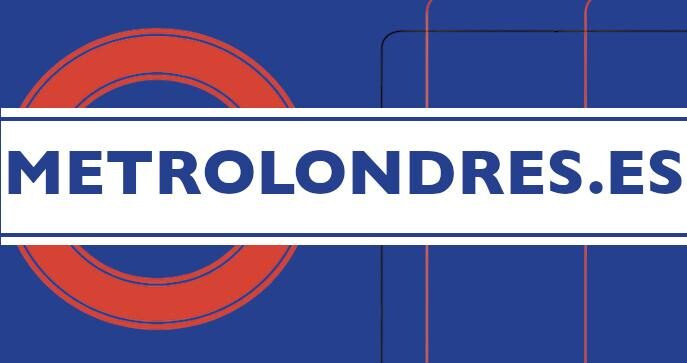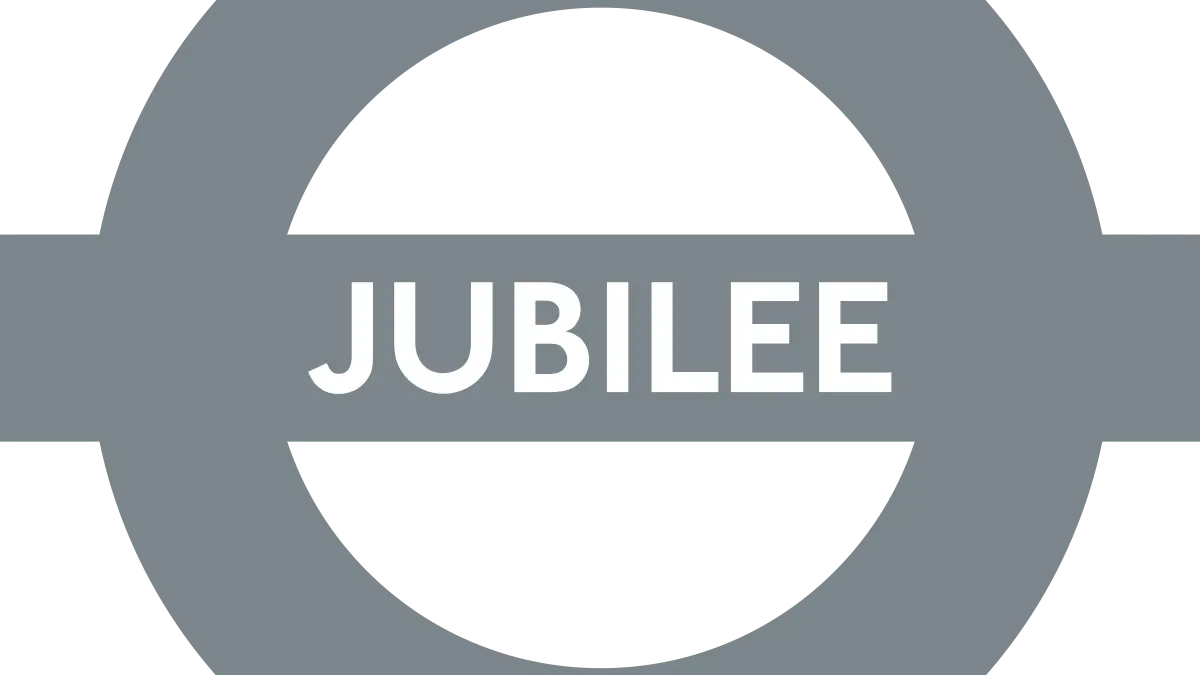The Jubilee line is the grey line of the London Underground, known for its modern infrastructure and its connection to some of the city’s most iconic destinations.

Description of the Jubilee Line
The Jubilee line began operating in 1979, but it wasn’t entirely a new line. Like many other lines on the London Underground, the Jubilee line reused existing sections of the network, particularly part of the route from the Bakerloo line.
This combination of pre-existing routes and new extensions allowed for the creation of a line that is now essential for transport in the British capital.
The Jubilee line has expanded significantly since its original opening. In 1999, the eastern extension, known as the Jubilee Line Extension (JLE), was completed, adding 11 new stations from Green Park to Stratford. This expansion was part of the preparations for the millennium and facilitated access to rapidly developing areas such as Canary Wharf and the Millennium Dome (now known as The O2).
Today, the Jubilee line spans approximately 36 kilometers and connects 27 stations, many of which are major transport hubs in London.
Due to its mix of deep and modern routes, the Jubilee line has become one of the busiest on the London Underground, with over 200 million passenger journeys a year. Its ability to connect key areas of central London with the emerging east has been crucial for the city’s economic development.
Stations on the Jubilee Line
The Jubilee line features 27 stations stretching from the northwestern suburbs to the east of London. Below is a list of all the stations on the line:
- Stanmore, Queensbury, Kingsbury, Wembley Park, Neasden, Dollis Hill, Willesden Green, Kilburn, West Hampstead, Finchley Road, Swiss Cottage, St. John’s Wood, Baker Street, Bond Street, Green Park, Westminster, Waterloo, Southwark, London Bridge, Bermondsey, Canada Water, Canary Wharf, North Greenwich, Canning Town, West Ham, Stratford
Map and Route of the Jubilee Line
The Jubilee line map shows its route from Stanmore in northwest London, passing through major interchange points like Baker Street and Bond Street, and continuing through the financial district of Canary Wharf to Stratford in the east. This route provides a crucial link between west, central, and east London, facilitating both daily commutes and tourism.

Jubilee Line Operating Hours
The operating hours of the Jubilee line vary depending on the station. From Monday to Saturday, the first train departs around 5:00 am and the last one around 1:00 am. On Sundays, the service starts at 6:50 am and ends at 12:33 am.
For detailed and updated information on the first and last train times at each station, you can check the official London Underground website.
Interesting Facts About the Jubilee Line
Even though the Jubilee line reuses some sections of older lines, it remains the newest line in the London Underground network.
The 1999 extension introduced innovative features to the metro, including wider platforms, platform screen doors for improved safety, and contemporary station designs.
Another interesting fact is that the Jubilee line is the only tube line with all its stations in fare zones 1-4. Additionally, it was the first line on the London Underground to incorporate platform screen door technology at all extension stations, a feature that enhances passenger safety by preventing falls onto the tracks.
The Jubilee line also offers some of the most impressive views in London, especially when crossing the Thames between Westminster and Waterloo, and again approaching Canary Wharf. These views, combined with its modern infrastructure, make the Jubilee line popular among both tourists and London residents.
Finally, it is worth noting that the Jubilee line is crucial for major events in London, providing direct access to venues such as the O2 Arena and Wembley Stadium, making it an essential line for entertainment and sports in the city.
With its blend of history, innovation, and connectivity, the Jubilee line remains a key part of London’s transport system, connecting key points across the city and supporting the ongoing development of the capital.

